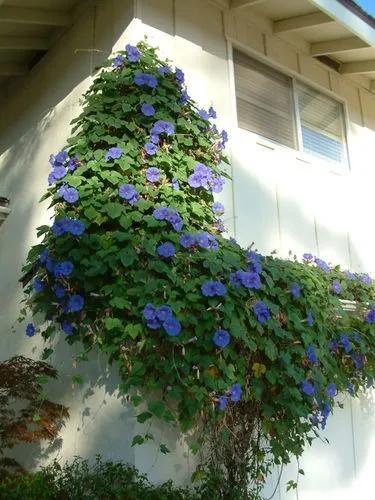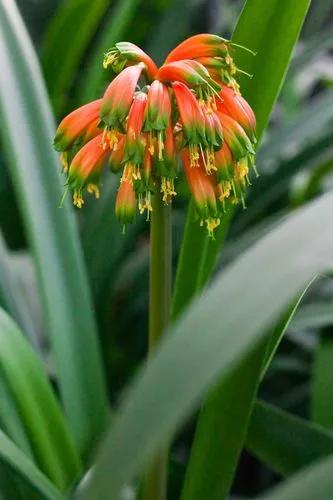Calendula officinalis, the pot marigold, common marigold or Scotch marigold, is a plant in the genus Calendula of the family Asteraceae. It may be native to southern Europe, though its long history of cultivation makes its precise origin unknown.
Calendula Care
Calendula officinalis
Other names: Calendula, Scotch Marigold, Common Marigold, English Marigold, Poet's Marigold,



Calendula (Calendula officinalis) is a short-lived perennial in warmer climates, but it is usually grown as an annual flower in garden beds and containers. Although commonly known as pot marigold, calendula is different from the common marigold (Tagetes spp.). It is, however, part of the same Asteracea family, along with daisies and chrysanthemums, with whom it shared the same daisy-like flower appearance. The common name of pot marigold derives because the gold flowers that bloomed during the festivals of the Virgin Mary in Renaissance times (mary + gold = marigold) were often used in cooking.
How to Care for the Plant

Water

The calendula flower or flowering herb is an annual which will readily reseed. too much calendula care can result in stunted or slow growth. poor to average, well draining soil and only occasional watering after plants are established is the secret to growing prolific calendula plants.

Pruning

Clip or pinch off dead leaves and stems. If stems have rotted at the root, pull them out, and make sure to let the soil dry out before the plant's next watering.

Fertilizer

As with most houseplants, they will benefit from an occasional feed during the growing season. An organic, balanced, liquid fertilizer once a month during spring and summer is recommended.

Sunlight

In most cases, plants receiving no outdoor light should be lit from 16 to 18 hours each day. If some additional light is received, 12 to 14 hours each day may be adequate. Lights should be used at the same time that plants receive window light.

Soil

Rich, well-draining soil.

Temperature

Calendula prefers mild summer temperatures and may die away by the end of summer in very hot climates. It prefers cooler temperatures (<85°F) and often stops blooming in extreme heat. Plants will survive temperature down to 25°F.

Container

Container should provide ample drainage and room for growth.

Popularity

5,417 people already have this plant 907 people have added this plant to their wishlists
Discover more plants with the list below
Related articles






